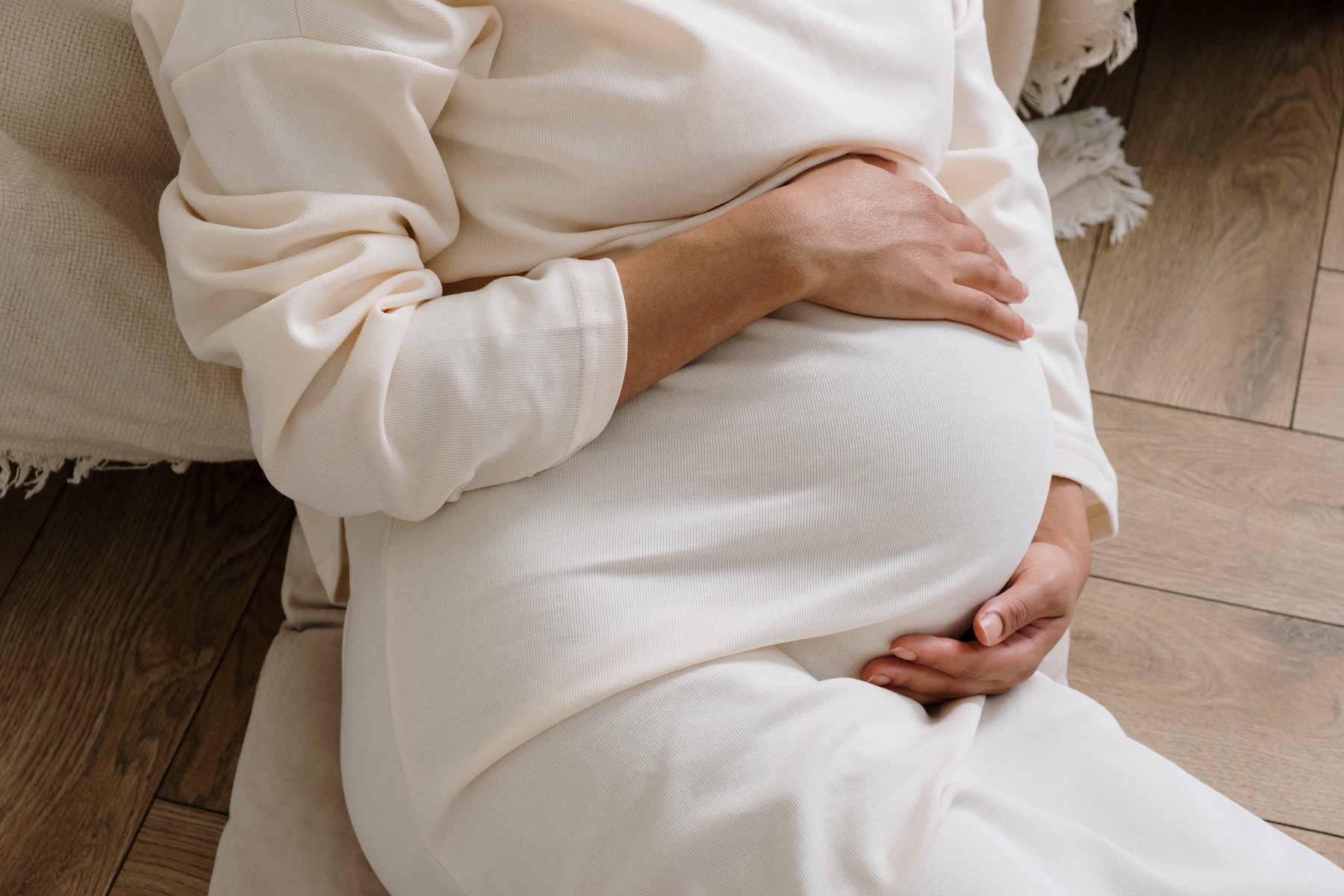Pregnant and experiencing discomfort around your pelvis and lower back? You could be one of the 1 in 5 women who are suffering from Pelvic Girdle Pain.
Pelvic Girdle Pain (PGP) is an umbrella term used to describe the pain that is located in and around your pelvis. It normally occurs at the pubic or sacroiliac joints which are located between the sacrum and the ilium bones of the pelvis and help to support your spine. PGP can also involve your hips, groin, thighs or a combination of all these areas.
Women can suffer from the discomfort of PGP any time during their pregnancy, however, it is most commonly seen at 14-30 weeks. If you’re experiencing any pubic, lower back, hip or thigh pain or noticing increased difficulty when moving, consulting with an osteopath can help to restore your balance and alleviate this strain.
What causes Pelvic Girdle Pain in pregnancy?
As Pelvic Girdle Pain is a very general term, there are so many different factors that can contribute to a diagnosis. However, it is thought uneven movement in the joints of the pelvis is the main driver. This leads to a decrease in the stability of the pelvic girdle as a whole and causes discomfort.
During pregnancy, your body changes and adapts to accommodate your growing baby. This can put extra strain on your pelvis and leads to an increased chance of developing PGP. There is also evidence to suggest that a history of lower back pain, past pelvic pain or even a trauma to the area can increase your risk of experiencing PGP during pregnancy.
How does Pelvic Girdle Pain feel?
There are several signs and symptoms that the discomfort you are experiencing may be Pelvic Girdle Pain from isolated lower back pain to difficulting walking. Some women suffer from mild discomfort whereas for others PGP can significantly impact their ability to perform everyday tasks.
Due to the broad nature of PGP, the signs and symptoms will differ in presentation and severity, however, here are some of the more common we see at Whole Body Health & Wellness:
- Pubic pain
- Lower back pain
- Hip pain
- Groin pain
- Thigh pain
- Knee pain
- Clicking or grinding in the pelvic area
- Pain or difficulty with movement
- that straddle the hips eg. getting in and out of the car
- Difficulty walking (waddling gait)
- Pain or difficulty bearing weight on one leg eg. going up or downstairs
How can you manage Pelvic Girdle Pain during pregnancy?
- Support your pelvis
Wearing a pelvic girdle brace or abdominal compression garment during the day can help to provide increased support as your pregnancy progress. - Sleeping with a pillow
Sleeping with a pillow between your knees at night can help take the pressure off your pelvis and lower back. - Minimise aggravating movements
Identify the movements that are contributing to your pain and reduce where possible. These are often asymmetrical or single leg movements or those where you are sharply twisting such as lunging or navigating stairs. - Avoid crossing your legs
Avoid crossing your legs when you’re sitting and instead, sit in a supportive chair with your feet on the floor or stretch your legs out. - Keep your knees together
When getting in and out of bed or the car, keep your knees close together. - Break up your tasks
Make your daily tasks more manageable by breaking them up into bite-sized pieces. This is particularly important where you are lifting heavy objects or performing pushing and pulling tasks like vacuuming.
Finally, one of the best things you can do to manage PGP during pregnancy is to seek individual advice from a trusted health practitioner. Our osteopaths Catherine Spiteri and Tanja Mckenzie have a deep level of experience treating pregnant women and a passion for ensuring they feel supported throughout their pregnancy. Through hands-on treatment and individually-tailored exercises, an osteopathic treatment may help to significantly reduce your PGP.
To book an appointment with Cat or Tanja to address your Pelvic Girdle Pain, click here.
